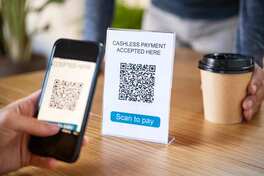 Contactless payment has been on the rise in restaurants in recent years – and it still has room to grow. According to Jupiter Research, approximately 53 percent of global transactions are likely to be contactless within the next few years. As this report from Modern Restaurant Management indicates, the hotel sector has made contactless check-in and check-out a normal part of a stay – and this can extend to restaurants as well. How much friction is there to your payment process? Can guests pay when they want and easily add items to their order – without feeling hounded by a server to finish their meal or stranded when they’re ready to leave but haven’t yet seen their bill? Smoothing out this aspect of the guest experience can help remove some of the stress around it (for guest and server alike), simplify the experience you provide and give guests a greater sense of independence. 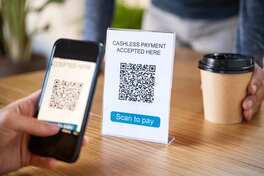 Short on staff? Whether you are or not, tech tools may help you reorganize tasks so you do the most with the people you have on hand – and support them in ways that promote retention. Take the burden off of staff (and give guests some freedom to order and pay when they like) by enabling table payment via mobile phone or tabletop kiosk. Tie this to a guest’s loyalty program data so when they order, they are receiving targeted recommendations that complement their favorite dishes and may help you boost check totals. The targeted communication can help provide the quality experience a guest might otherwise appreciate in a server. QSRweb.com suggests that pizza restaurants (and even some other restaurant types) could also benefit from a grab-and-go setup that requires little staff intervention: They can simply place a customer’s pizzas in a warmer that can be unlocked by the person’s mobile app when they come to collect their pizza. Where is your restaurant especially labor-heavy right now? Could technology lighten the load?  Imagine paying for a sandwich by simply hovering your hand over a sensor – no credit card or device needed. Panera is bringing this functionality to a handful of its stores, with more to follow in the coming months. Through a new partnership with Amazon, in-store Panera guests can link their unique palm signature to their credit card. In the process, these guests can link to their rewards account as well, making it possible to access favorite orders with a wave of your hand. Further, Amazon claims that because the person must be physically present to use the feature, it’s more secure and safe than biometric data. The new payment process could indicate where the conversation is going when it comes to securing shared data.  In addition to helping you staff your business and prepare orders more efficiently, restaurant technology can help you ensure you’re not leaving any potential sales on the table. Digital menus, mobile apps, loyalty programs, and systems for tabletop ordering and payment all provide opportunities for you to suggest menu add-ons to complement a dish, or prompt an order of appetizers, drinks or desserts that might not have happened otherwise. (And when combined with your loyalty program, to do so with personalized recommendations that the guest is more likely to crave.) Are you seizing the right tech opportunities to maximize your sales? 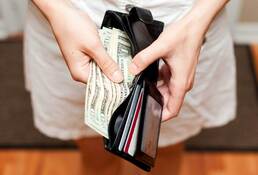 While the outlook for restaurant labor appears to be improving this year, hiring and retaining staff continues to be a perennial challenge for operators. Recent research from the National Restaurant Association found that 89 percent of operators said labor costs are a significant challenge for them, while 62 percent don’t have enough employees to support existing demand. One way operators can appeal to potential staff – and keep them once they are on board – is by using tech software to provide greater flexibility in how and when people get paid. That could mean giving employees the option of direct deposit, a payment card for those who don’t have a bank account, or (especially) providing on-demand payment. According to research from the Access Group, companies that provide the option of on-demand pay see up to a 25 percent reduction in staff turnover, as well as 20 percent more shifts worked by users of the service.  We’ve all had this experience in a restaurant at some point: The food has been eaten, beverages consumed, and all that stands between you and the next item on your agenda is your bill – if only you could get the attention of your server. This experience was the topic of a recent article in the Washington Post in which a diner praised the food and service of a certain restaurant she had visited, then walked out without paying when she was unsuccessful in hunting down her server or her bill in the empty dining room at the end of the evening. She emailed the restaurant later and settled up – but it’s a shame that the experience at the tail end of this person’s meal (and not the quality food and service leading up to it) was what this guest remembered. If making these final guest impressions positive is a challenge in your restaurant, tab management technology may help – and in the process, allow you to alleviate labor challenges and increase bill totals. It can help you take advantage of impulse orders – and extra round of drinks mid-meal, or a dessert, for example – that might be reconsidered if a guest is unable to flag down a server in the moment. It allows a guest to settle up whenever they choose – and not let any delay in receiving their bill tempt them to tip less than they otherwise would.  As consumers have used digital channels more frequently to order restaurant food in recent years, many independent restaurants have been lagging with the mobile tech needed to facilitate those transactions. According to the June edition of the Digital Divide study, which included data from a PYMNTS survey of approximately 2,400 adults who regularly purchase food from restaurants, 56 percent of chain restaurants offer mobile order-ahead capabilities, compared with only 31 percent of independents. Low-cost tools to help eliminate the snags from the ordering process will become increasingly important. Fortunately, some companies are focusing on supporting independent restaurants’ tech transition to help level the playing field. ItsaCheckmate, for one, recently announced it would be launching an integration for small and medium-sized businesses that would enable direct ordering through Google’s search and maps functions.  We’ve all had that sinking feeling when a restaurant staff member presents a device to make payment and a range of potential tips are suggested on screen. While nudging a person to pay more than they had in mind may direct more money to staff in the moment, it doesn’t leave a guest with the best final impression. Other pay-at-the-table offerings may help avoid this situation and offer added benefits at the same time. Modern Restaurant Management reports that text to order functionality has been becoming more popular as a replacement for downloading apps. There are benefits for guest and staff alike when a guest can text their order, receive a link that lets them pay immediately (adding a tip if they like), and save repeat purchases. Even in fine dining establishments, more operators are now incorporating such methods to give guests less physical interaction with staff when it’s time to order and pay. Research shows it can encourage people to spend and tip more – and it also helps free up already-scarce staff for other tasks. 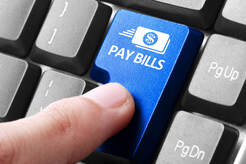 Restaurants have to operate more efficiently than ever to eke out profits in the current economy. Having the capacity to offer automated, fast payments to vendors and employees alike can give a restaurant leverage – potentially enabling it to secure deals with vendors in exchange for early payments, as well as earning loyalty from staff who know they will get paid promptly after a shift. Beyond that, automated payment capabilities can help a restaurant operate more nimbly by responding quickly to shifts in supply. Do your systems enable you to pay people on-demand? At a time when a restaurant needs to use every tool at its disposal, the capability can deliver a competitive advantage.  As restaurants adopt more technology – out of necessity if not for a desire for greater efficiency – restaurant service is coming to mean something different. Earlier this year, Datassential predicted that human service would become more of a premium offering, with a more obvious human touch expected at higher-end restaurants. But the line between technology and human-delivered service is likely to be hazier for everyone else. As you consider new front-of-house tech, retain the human touch by asking if it can elevate the service you offer – through faster and easier payments, and menu items and targeted promotions supported by individual customer data as opposed to broad assumptions. |
Subscribe to our newsletterArchives
July 2024
Categories
All
|


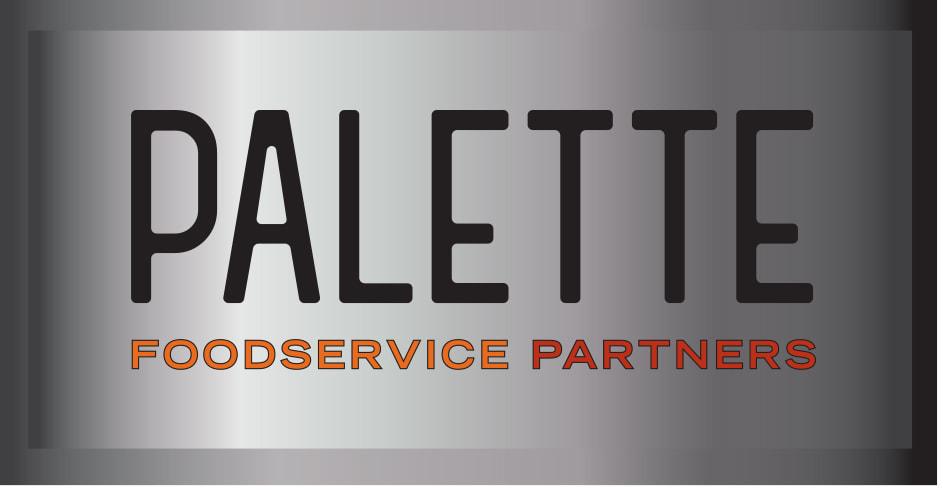
 RSS Feed
RSS Feed